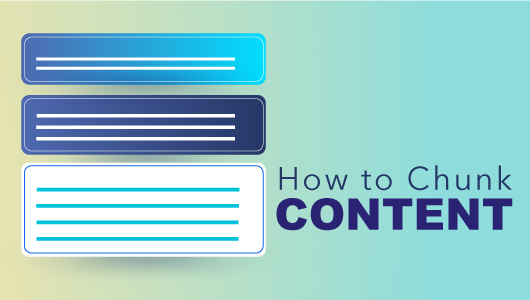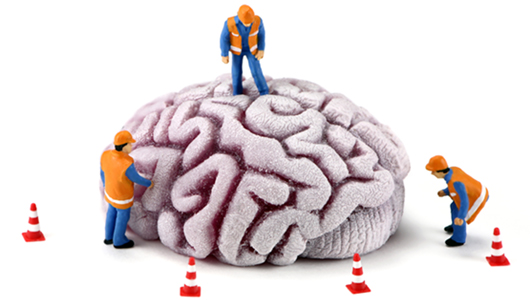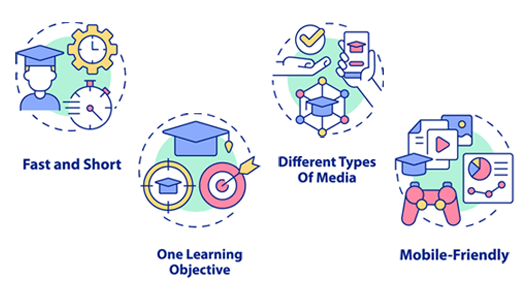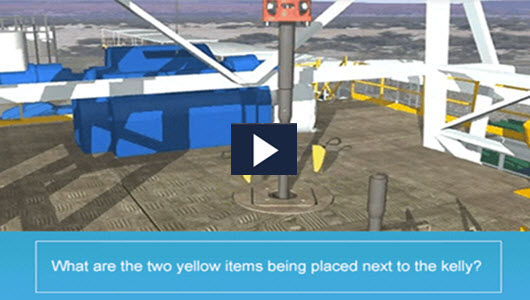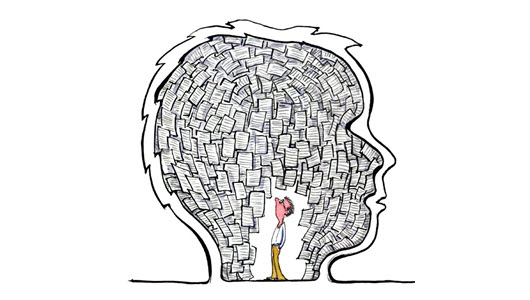Content Development and Delivery
Content Development and Delivery
Considerations for content development and delivery include the medium of delivery, intentional design, and style, among other things. And knowledge of your audience should influence the choices you make. What are your objectives? Can students offer input for the determination of those objectives? What kinds of experiences will you include for learners? Will you incorporate metacognitive activities? How will you know your students are understanding your material? Is the content accessible to all learners? Is it interactive? Engaging? Flexible? There is much to ponder.
High-quality courses are grounded in a comprehensive understanding of learning and teaching practices and a willingness to engage students with authentic content. We’re here to help; read on:
Research and practical articles
- Brown, P., Roedinger, H., & McDaniel, M. (2014). Make it stick: The science of successful learning. Cambridge, MA: Belknap Press: An Imprint of Harvard University Press.
- Burns, M. (2017). Designing Effective Online Courses: 10 Considerations. Retrieved from https://elearningindustry.com/designing-effective-online-courses-10-considerations
- Darby, F. & Lang, J. (2019). Small teaching online. San Francisco, CA: Jossey-Bass.
- Park, J. Y. (2011). Design education online: Learning delivery and evaluation. International Journal of Art & Design Education, 30(2), 176-187. Doi:10.1111/j.1476-8070.2011.01689.x
Pagination
- Page 1
- Next page
